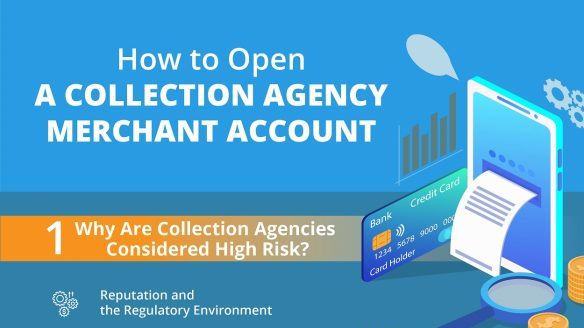If you run a business, you may need something like a merchant account. It’s getting more and more popular among entrepreneurs who want to accept payments by debit or credit cards. Some people mistake this account for a regular business account, but it’s not the same, though you need a business one to open a merchant account. You may wonder what merchant account is. Well, without it, you won’t be able to receive any card payments. And we all know how often we pay by card. Some people even no longer use cash. They prefer using their credit cards since they’re much more comfortable. Thus, you, as a business person, should provide them with the opportunity to pay this way. Now, you’ll see how merchant accounts work.
Transaction process
Not everyone knows what merchant accounts are responsible for. To understand it better, let’s look at the example of a person who wants to pay for a cup of coffee with their contactless card. The first place where their card details are sent is just the merchant account, kept in an acquiring bank together with other necessary details of the transaction. Later on, all this information is directed to a particular card association, such as Visa or Mastercard. Only then do card details reach the customer’s bank, known as an “issuing bank,” and if they have enough money, they can pay for a coffee. The information is sent back from the issuing bank to the acquiring one, in this case, to our merchant account, and once the coffee is paid, the customer may enjoy and drink it.
Based on that, you can see that a merchant account is a safe place where your funds are kept while the bank confirms if you have enough money to pay or not. If you want to broaden your knowledge about merchant accounts, feel free to familiarise yourself with the infographic, provided by MyPaymentSavvy









Leave a Reply